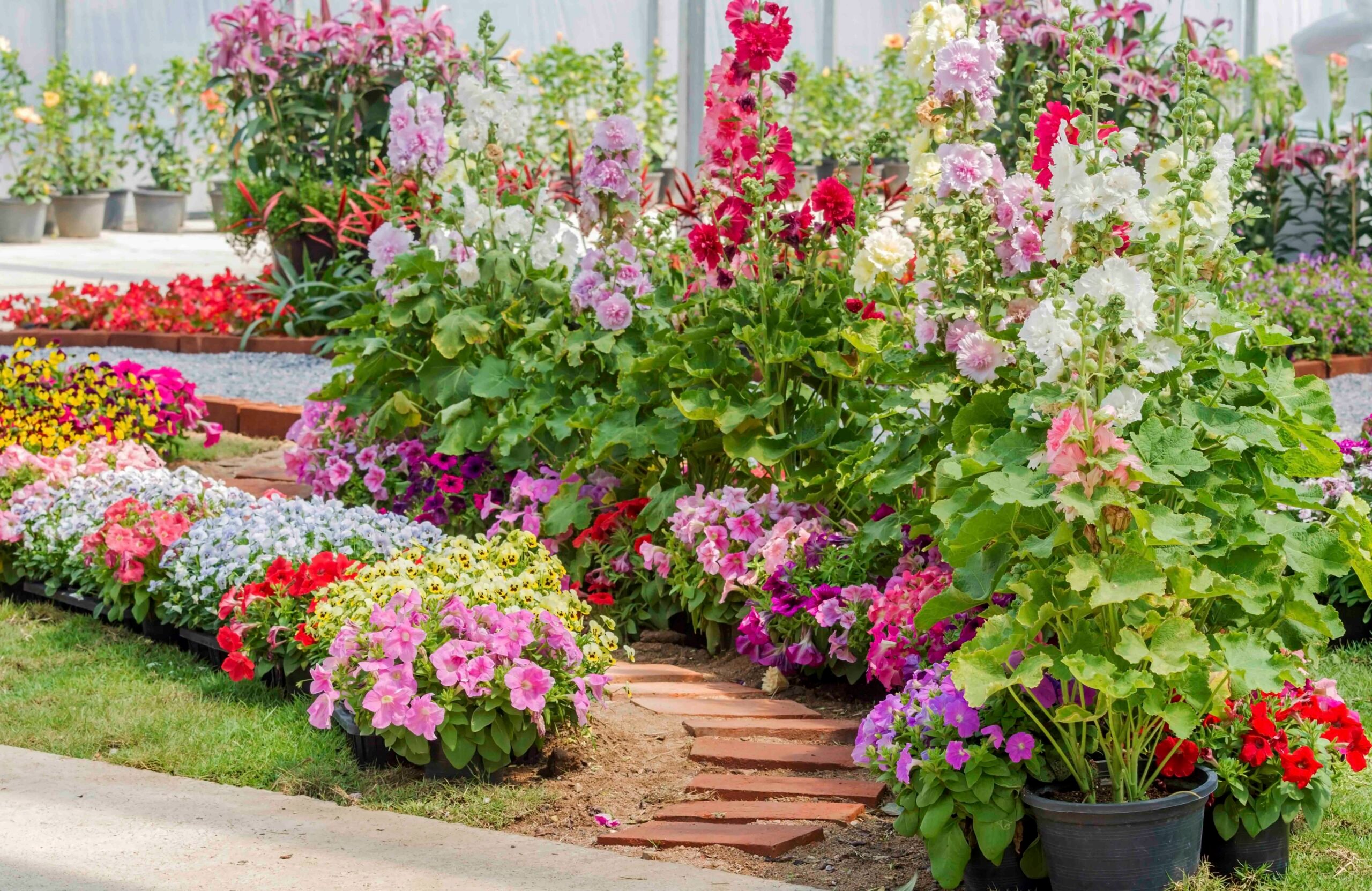Ornamentals Plants: A World of Beauty and Diversity
Ornamentals plants, also known as decorative plants, are cultivated primarily for their aesthetic value. They are grown for their attractive flowers, foliage, fruits, or overall appearance. These plants play a vital role in enhancing the beauty of our surroundings, whether it’s a home garden, public park, or interior space.
Types of Ornamental Plants

Ornamental plants can be categorized into various types based on their growth habits and characteristics:
Annuals: These plants complete their life cycle within a single growing season, typically producing flowers and seeds before dying. Examples include marigolds, petunias, and zinnias.
Uses of Ornamental Plants

Ornamental plants serve a variety of purposes:
Landscaping: They are used to create visually appealing gardens, parks, and other outdoor spaces.
Benefits of Growing Ornamental Plants

Growing ornamental plants offers numerous benefits:
Stress Reduction: Gardening and caring for plants can have a calming and therapeutic effect.
Conclusion
Ornamental plants are an essential part of our lives, adding beauty, color, and fragrance to our surroundings. They offer a wide range of benefits, from improving our mental health to enhancing our living spaces. Whether you’re a seasoned gardener or simply enjoy the beauty of flowers, there’s an ornamental plant out there to suit your taste and preferences.
FAQs
1. How often should I water my ornamental plants? The watering needs of ornamental plants vary depending on factors such as the type of plant, climate, and soil conditions. Generally, it’s best to water deeply but infrequently, allowing the soil to dry out slightly between waterings.
2. What is the best time of day to water my plants? Early morning is often considered the ideal time to water plants, as the water has time to evaporate before nighttime temperatures drop.
3. Do ornamental plants require fertilizer? Most ornamental plants benefit from regular fertilization, especially during the growing season. Choose a fertilizer that is specifically formulated for the type of plants you are growing.
4. How can I protect my ornamental plants from pests and diseases? Regular monitoring for signs of pests and diseases is essential. You can use organic or chemical pest control methods to address infestations.
5. What are some low-maintenance ornamental plants? If you’re looking for plants that require minimal care, consider succulents, cacti, and drought-tolerant varieties.